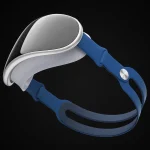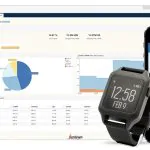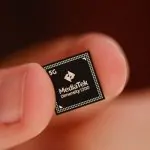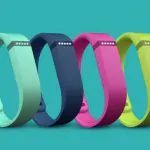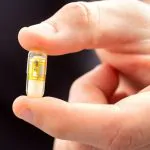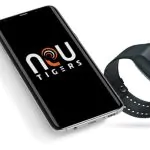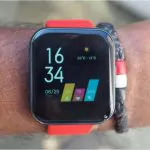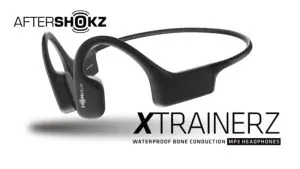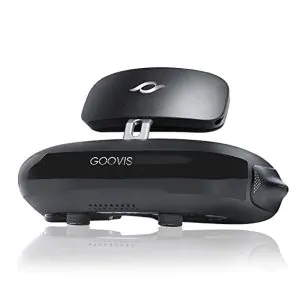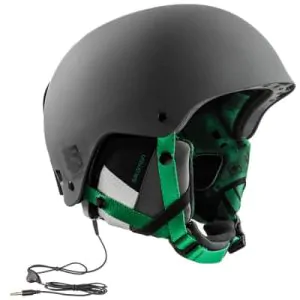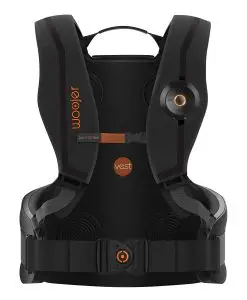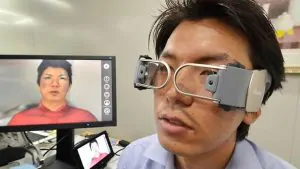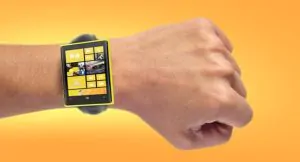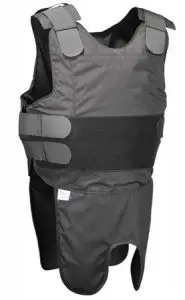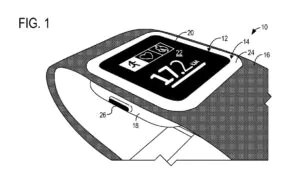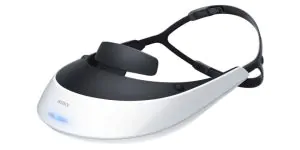Fitbit only just launched its ECG feature on the Fitbit Sense, but the health tracking specialist is already working on the next iteration of the technology.
The company confirmed to Wareable that it is close to completing clinical trials on its PPG heart rhythm assessments, which would allow a Fitbit device to constantly scan for heart rhythm problems.
ECG is different to optical heart rate measurements. The former looks at your heart rate, while ECG wearables are designed to examine the rhythm of your heart.
The current ECG set up on Fitbit Sense uses special sensors to take a manual spot check. When you fire up the ECG app you hold the corners of the smartwatch for the electrocardiogram to take place.
However, Fitbit’s new technology would continually scan the rhythm of your heart using the optical PPG.
It can you know you can you can allow these events to happen during sleep and you be least aware of it, but we’ll have our optical heart rate system monitoring for that, hopefully at some point in the future.
“It will pick up the things that you wouldn’t have been aware of yourself.” Dr Conor Heneghan, Director of Research Algorithms at Fitbit told us.
“And then, for example, if it is picking up things, you could confirm that with an ECG. We’re just finishing off the trial now and then it’ll go through the process of getting approval.”
“It can let you know if these events happen during sleep, when you’re least aware of it,” he continued. “I think in the long term the wearables will we help with that.”
The new technology is designed to complement the ECG sensor, not replace it. If it detects you might have a heart rhythm problem, it will prompt you to take a manual ECG spot check.
But that’s not because the PPG is less accurate than ECG, says Dr Heneghan. It’s because when you start a conversation with your doctor about the alert, they’re more likely to find an ECG useful.
“Doctors are used to looking at ECGs over an optical heart rate signal – so you just have to work with the world,” he explained.
“If you go to your doctor with a report that has an ECG strip it’s much easier for them for say ‘I understand this, you should go talk to your cardiologist’.’”
There’s no timeline when the new feature will get approval. However, Dr Heneghan believes it will make the ECG technology much more useful to more people.
“I think the combination of [ECG and PPG] is really going to bring value to that segment,” he said.
“ECG on wearables is super high value for a small segment. It is probably going to be more advantageous to our users over 50 than 20 – 25 year olds but we’re trying to build something for everybody.”
